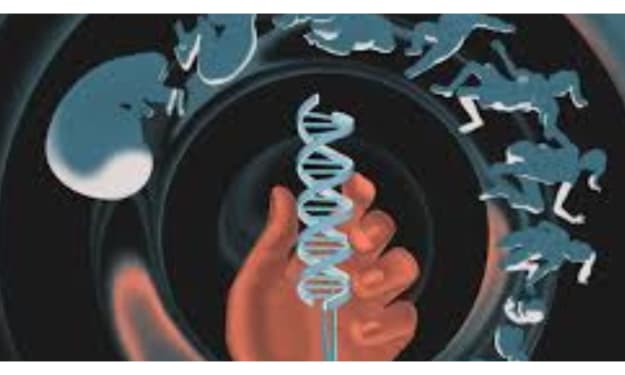Understanding the Role of Regenerative Medicine in Treating Joint Pain
Regenerative Medicine in Treating Joint Pain

Introduction
Joint pain affects millions of individuals worldwide, often limiting their mobility and quality of life. While traditional treatments for joint pain, such as medication, physical therapy, and surgery, have been effective to some extent, regenerative medicine offers a promising alternative. In this blog post, we will delve into the role of regenerative medicine in treating joint pain, exploring various non-stem cell-based approaches that can provide relief and improve joint function.

Platelet-Rich Plasma (PRP) Therapy
Platelet-Rich Plasma (PRP) therapy is a regenerative medicine technique that has gained popularity in the field of joint pain treatment. PRP is derived from the patient's own blood and contains a concentrated amount of platelets, growth factors, and other bioactive molecules. These components play a crucial role in the body's natural healing processes.
When PRP is injected into the affected joint, it promotes tissue regeneration, reduces inflammation, and stimulates the healing process. The growth factors in PRP accelerate the repair of damaged tissues and facilitate the growth of new, healthy cells, ultimately alleviating joint pain. PRP therapy has shown promising results in treating conditions such as osteoarthritis, tendonitis, and ligament injuries.
Prolotherapy
Prolotherapy, also known as regenerative injection therapy, is another non-surgical approach used in regenerative medicine for joint pain. It involves the injection of a solution, typically containing dextrose or other natural substances, into the injured joint or ligaments. This stimulates the body's natural healing response, triggering inflammation and subsequent repair processes.
Over time, prolotherapy helps strengthen the weakened ligaments, tendons, and joint structures, reducing joint instability and relieving pain. The injected solution serves as an irritant, promoting the growth of new tissue and enhancing the stability of the affected joint. Prolotherapy is particularly beneficial for chronic joint pain, such as osteoarthritis or ligament injuries.
Extracorporeal Shockwave Therapy (ESWT)
Extracorporeal Shockwave Therapy Treatment(ESWT) is a non-invasive procedure that uses sound waves to stimulate the healing process in damaged tissues. It has been widely used in the field of orthopedics to treat various musculoskeletal conditions, including joint pain.
During an ESWT session, shockwaves are generated and directed toward the affected joint. These shockwaves promote neovascularization, increase blood flow, and enhance the production of growth factors, which aid in tissue repair and pain reduction. ESWT is a viable option for patients seeking non-surgical alternatives to manage joint pain. It has shown positive outcomes in conditions such as plantar fasciitis, Achilles tendonitis, and tennis elbow.
Low-Level Laser Therapy (LLLT)
Low-Level Laser Therapy (LLLT), also known as cold laser therapy, utilizes low-intensity laser beams to stimulate cellular activity and promote tissue healing. LLLT has shown promising results in reducing joint pain and inflammation, improving joint function, and accelerating the recovery process.
The laser light used in LLLT penetrates the skin and interacts with the cells, triggering a cascade of biochemical reactions that facilitate tissue repair. It stimulates mitochondrial activity, increases the production of adenosine triphosphate (ATP), and promotes the release of nitric oxide, all of which contribute to enhanced cellular metabolism and tissue regeneration. LLLT is a safe and non-invasive treatment option for joint pain and is often used in combination with other regenerative therapies.
Conclusion
Regenerative medicine offers a range of non-stem cell-based approaches that can effectively treat joint pain and improve joint function. Techniques such as Platelet-Rich Plasma (PRP Therapy, prolotherapy, extracorporeal shockwave therapy (ESWT), and low-level laser therapy (LLLT) have shown promising results in reducing pain, promoting tissue regeneration, and enhancing overall joint health. These regenerative medicine techniques harness the body's natural healing mechanisms, providing minimally invasive and potentially long-lasting solutions for individuals suffering from joint pain.)
About the Creator
david miller
Hi My name is David and I love to write about all kind of topics.






Comments
There are no comments for this story
Be the first to respond and start the conversation.